Increased Focus on Cost Reduction
Cost reduction remains a pivotal driver within the Self-Service Technology Market. Organizations are increasingly recognizing the financial benefits associated with implementing self-service solutions. By automating routine tasks and enabling customers to serve themselves, businesses can significantly lower operational costs. Research indicates that companies that adopt self-service technologies can reduce service costs by up to 30%. This financial incentive is particularly appealing in competitive markets where profit margins are under pressure. As businesses strive to enhance efficiency and reduce expenditures, the demand for self-service technologies is expected to rise, further fueling growth in the Self-Service Technology Market.
Rising Demand for Personalization
Personalization is emerging as a critical driver in the Self-Service Technology Market. Consumers increasingly expect tailored experiences that cater to their individual preferences and needs. Self-service technologies that leverage data analytics and machine learning can provide personalized recommendations and services, enhancing user engagement. Recent studies show that 80% of consumers are more likely to make a purchase when offered a personalized experience. This growing demand for personalization compels businesses to invest in advanced self-service solutions that can adapt to user behavior and preferences. As a result, the focus on delivering personalized self-service experiences is likely to stimulate growth and innovation within the Self-Service Technology Market.
Advancements in Technology Infrastructure
The Self-Service Technology Market is significantly influenced by advancements in technology infrastructure. The proliferation of high-speed internet and mobile connectivity has enabled the development and deployment of sophisticated self-service solutions. For instance, the integration of cloud computing and artificial intelligence has facilitated the creation of more intuitive and responsive self-service platforms. Data suggests that the market for cloud-based self-service technologies is projected to grow at a compound annual growth rate of 15% over the next five years. This technological evolution not only enhances user experience but also allows businesses to leverage data analytics for improved service delivery. Consequently, the ongoing enhancements in technology infrastructure are likely to drive further innovation and adoption within the Self-Service Technology Market.
Regulatory Compliance and Standardization
The Self-Service Technology Market is also shaped by the need for regulatory compliance and standardization. As industries evolve, regulatory bodies are increasingly establishing guidelines that govern the use of self-service technologies, particularly in sectors such as finance and healthcare. Compliance with these regulations is essential for businesses to avoid penalties and maintain consumer trust. Moreover, standardization of self-service solutions can enhance interoperability and user experience. Data indicates that companies investing in compliant self-service technologies are likely to see a 20% increase in customer retention rates. Thus, the emphasis on regulatory compliance is likely to drive innovation and investment in the Self-Service Technology Market.
Growing Consumer Preference for Self-Service Solutions
The Self-Service Technology Market is experiencing a notable shift in consumer behavior, with an increasing preference for self-service solutions. This trend is driven by the desire for convenience and efficiency, as consumers seek to complete transactions and access services without the need for direct human interaction. According to recent data, approximately 70% of consumers express a preference for self-service options, indicating a significant market demand. This shift not only enhances customer satisfaction but also reduces operational costs for businesses, as they can streamline processes and allocate resources more effectively. As a result, companies are investing in self-service technologies to meet evolving consumer expectations, thereby propelling growth within the Self-Service Technology Market.



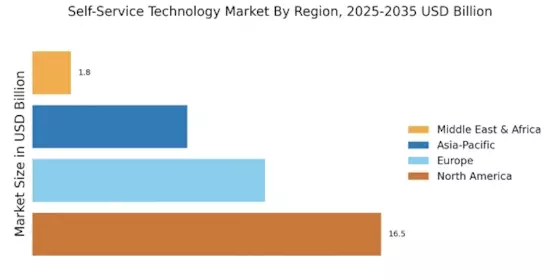
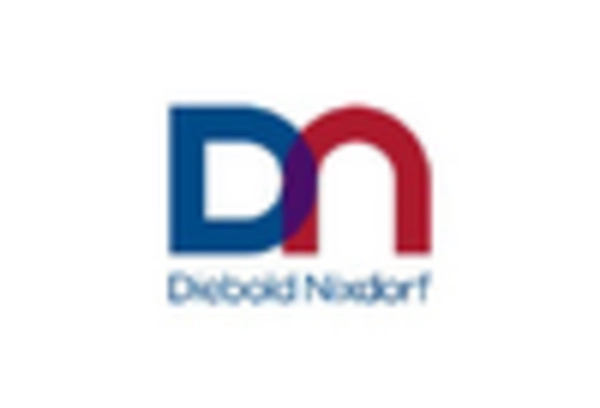

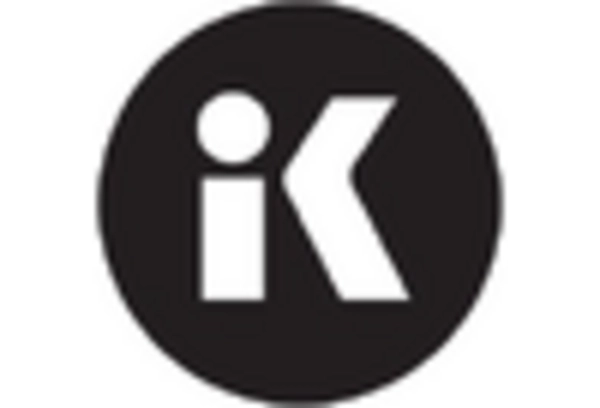

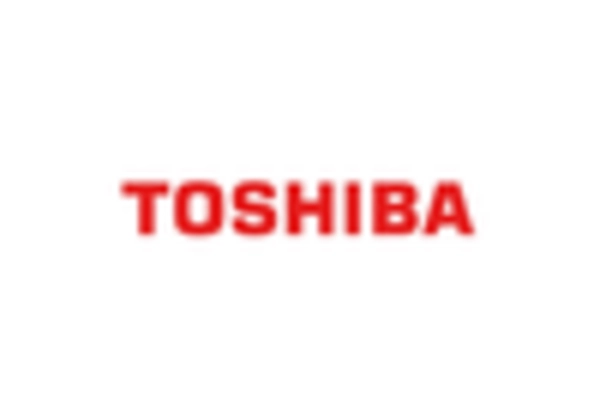
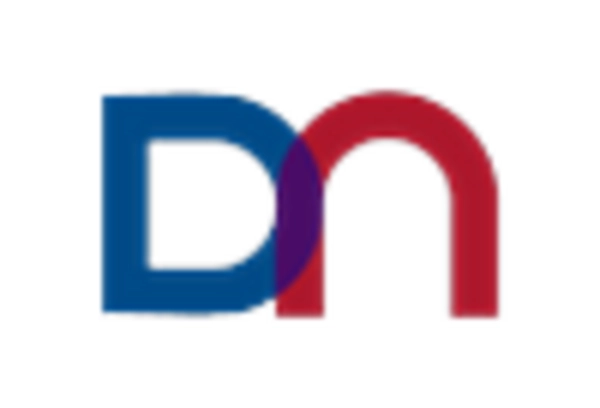








Leave a Comment